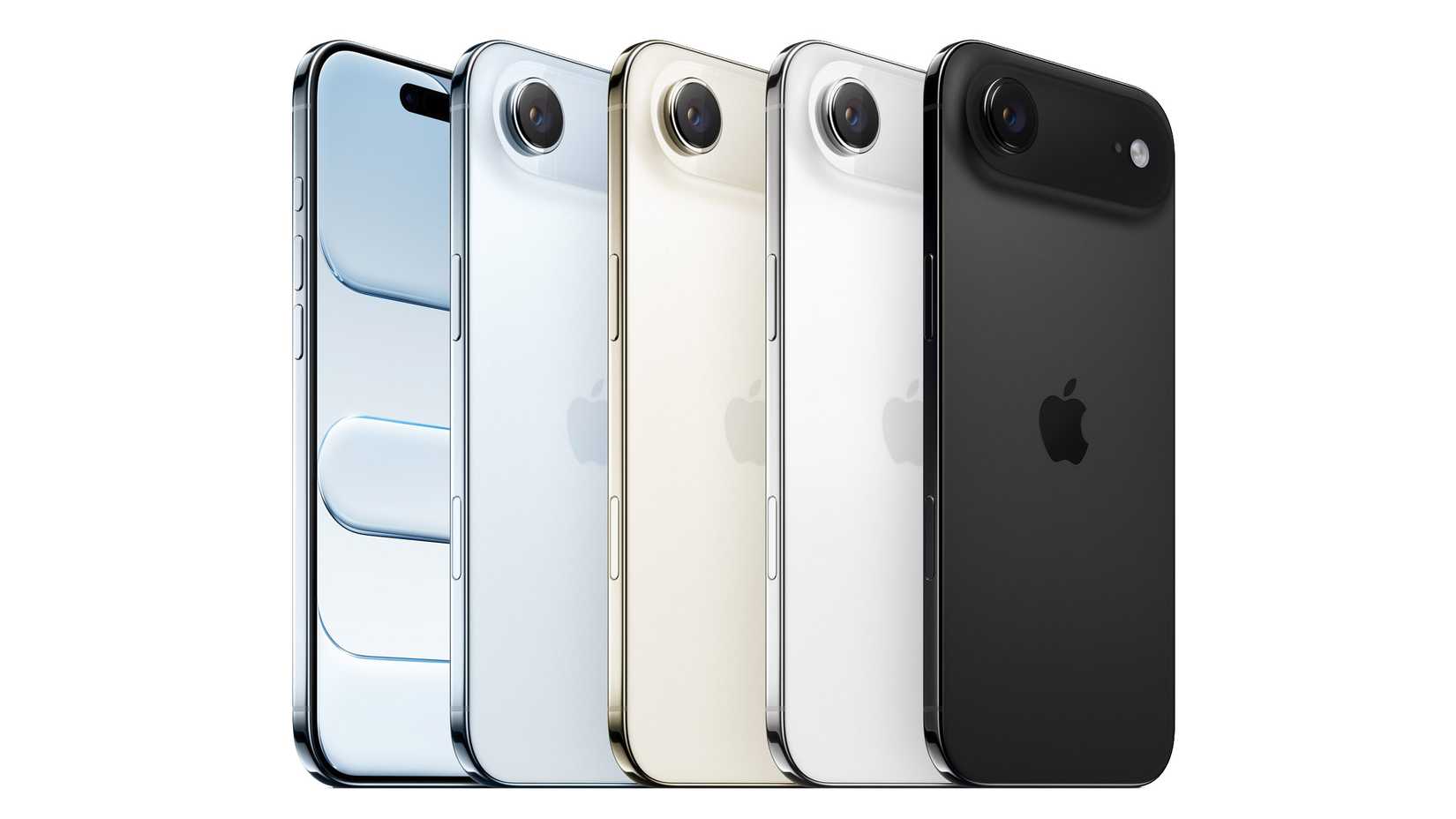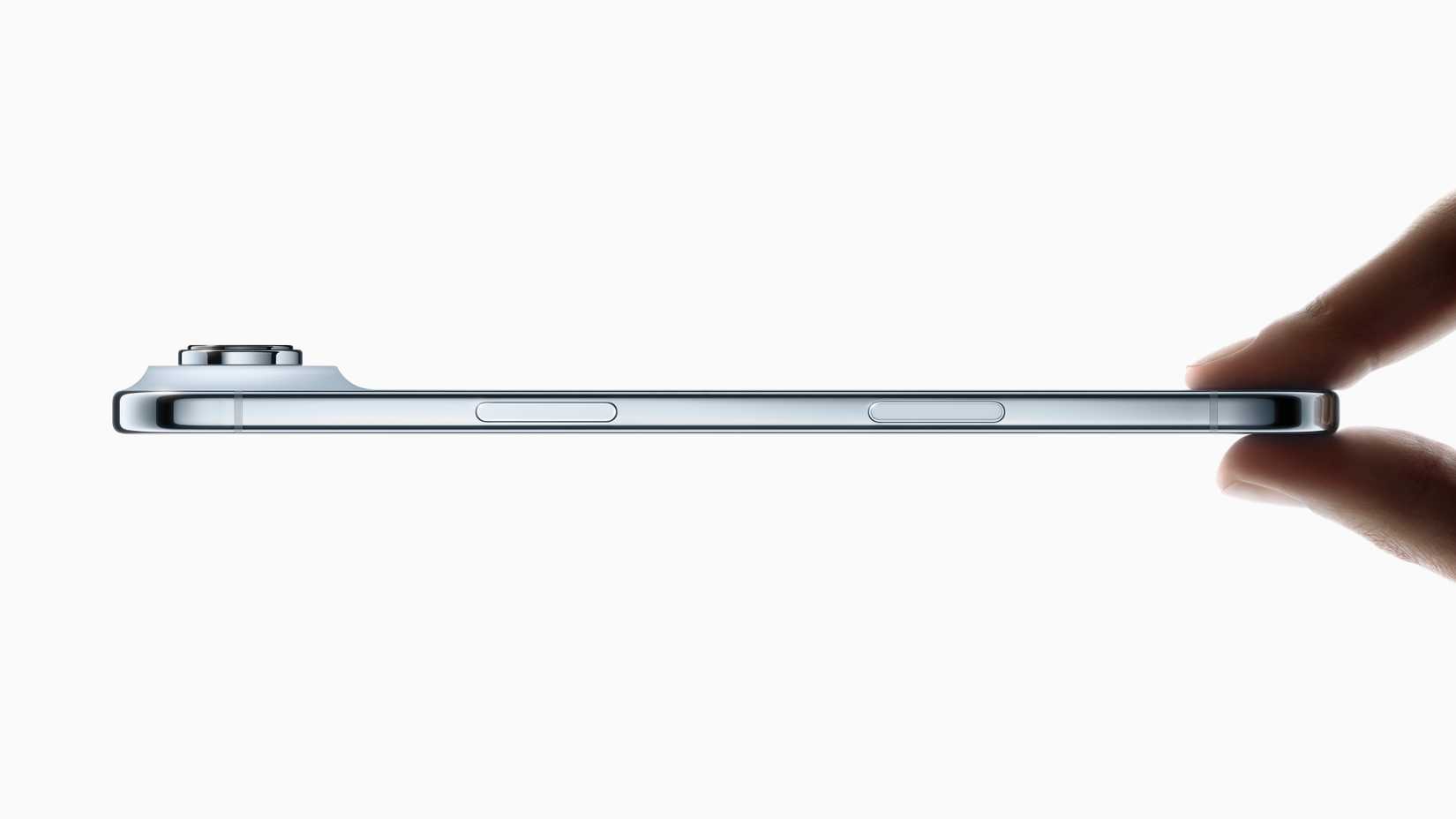As the rate of mobile technology advancements slows down, smartphone manufacturers must be creative to make their latest flagships stand out from the sea of featureless glass slabs; bigger and better hardware isn’t enough.
While some people might consider this the end of “interesting” smartphones, I look forward to what manufacturers will produce to impress us.
Still, as I patiently sit through another year of iterative improvements, one company stands out to me, and not in a good way. Apple was once leading the pack, but now it seems content to follow in its competitors’ footsteps.
Apple’s design language has lost its appeal
iPhones shouldn’t look like Pixels
While reviewing Apple’s launch event for the iPhone 17, all I could think was that I’d seen it all before.
I’m not talking about the lack of innovation regarding the iPhone 17; the iPhone 16 is back with a new name. I’m talking about the iPhone Air and iPhone 17 Pro. Where have we seen a camera bar like this before? That’s right, the Google Pixel 7.
Love it or hate it, there’s no denying that the camera bar on the Pixel 6 and later makes Google’s smartphones recognizable at a glance. It’s an effective piece of marketing; it stands out, so people want it.
Ironically, it’s by stealing Apple’s playbook that Google has established itself as a reliable smartphone manufacturer that appeals to first-time buyers and Android veterans.
Google has created a clear and concise product line with functional, approachable software and standout features that appeal to enthusiasts.
Apple, on the other hand, appears to be flailing for something innovative to help it regain its former lustre. But come on, Apple, copying Google isn’t the way.
I appreciated Apple’s design language for its iPhones, which perfectly expressed the minimalism trend the company kick-started. Simple, smart, and effective.
However, all I see when I look at the iPhone 17 Pro is a confusing blend of new and old.
The giant camera bar is a half-hearted attempt to create a unique design, but to me, it looks even more lopsided than the Pixel 6.
The cases Apple has produced accentuate the problem. They practically beg you to look at the camera, but all the triangular camera layout does is lead your eyes towards empty space.
The iPhone Air is even worse. I’m sorry, Apple, but all you’ve made here is a Pixel 6 five years too late. It looks like a cheap knockoff of that iconic phone; it’s not a good look for Apple.
The problems are more than skin deep. Dive into the software, and it’s hard to unsee the parallels with Android.
I’m not sure who’s copying whose software at this point, but it doesn’t look good for Apple
Liquid Glass or Material 3 Expressive?
I don’t consider AI to be a crucial factor in deciding on a smartphone, but it’s become important in how we compare smartphone software in 2025.
Apple was not only late to the party with Apple Intelligence, but it arrived with no trousers on and stains on its shirt. Apple Intelligence is remarkably bad; it’s embarrassing to see how Apple tried to mimic Gemini and failed utterly.
Google has stolen plenty of software tricks from Apple in the past, but we expect this. After all, why wouldn’t you try to copy the best parts of the most popular smartphone in the world?
Material 3 Expressive feels like a throwback to earlier, cleaner versions of iOS, and I’m here for it. Apple’s Liquid Glass has the same ideas behind it, but it doesn’t wow me in the same way Material 3 Expressive does.
At the Worldwide Developer Conference, Samsung took jabs at Apple as the latter revealed new features that Samsung had launched months or years before.
Apple doesn’t need to do much to stay ahead of the pack; it needs to churn out reliable, user-friendly software that does what’s best for the user.
It’s trying to mimic the user-friendly improvements we’ve seen in Android since Material You, but all I see is what feels like a cheap third-party launcher for Android.
Pixel is the worst brand for Apple to mimic
I don’t like iPhones, but I respect them. I’ve never quite been able to get rid of the thought that everything would be easier if I dived into the Apple ecosystem, but not anymore.
When I look at the iPhone 17, all I see is a half-hearted attempt to mimic Google’s successes, and it couldn’t come at a worse time.
Google is trying to deliver the experience once pioneered by Apple with the Pixel 10, and it’s mostly succeeding. Poorly implemented Gemini features aside, Pixel software is second to none.
Apple is losing face every year, and while the cross-pollination of ideas between smartphone manufacturers is inevitable, Apple’s latest attempts smack of desperation.
iPhones are still firmly embedded in the US mindset as the phones to buy, but if Google’s latest round of advertising is anything to go by, we could see a shift soon.
Apple needs to ditch copies of iconic smartphones and badly developed AI assistants and bring back the wow factor if it wants to remain on its increasingly shaky pedestal.




